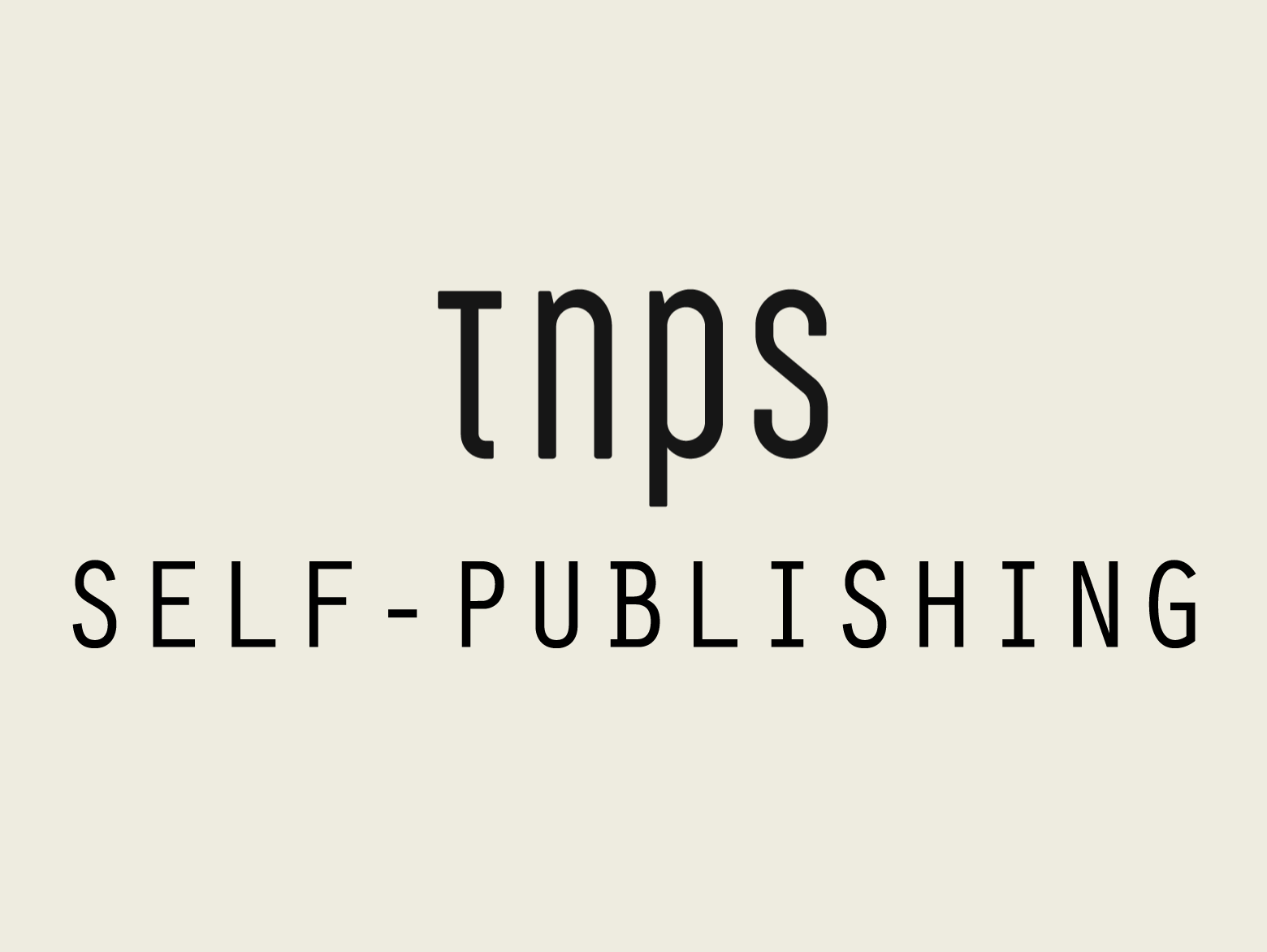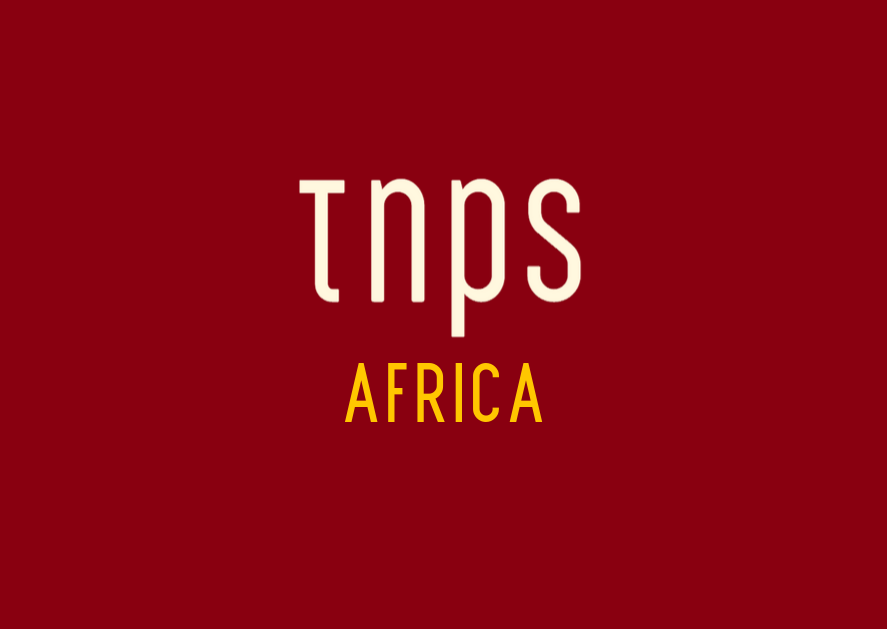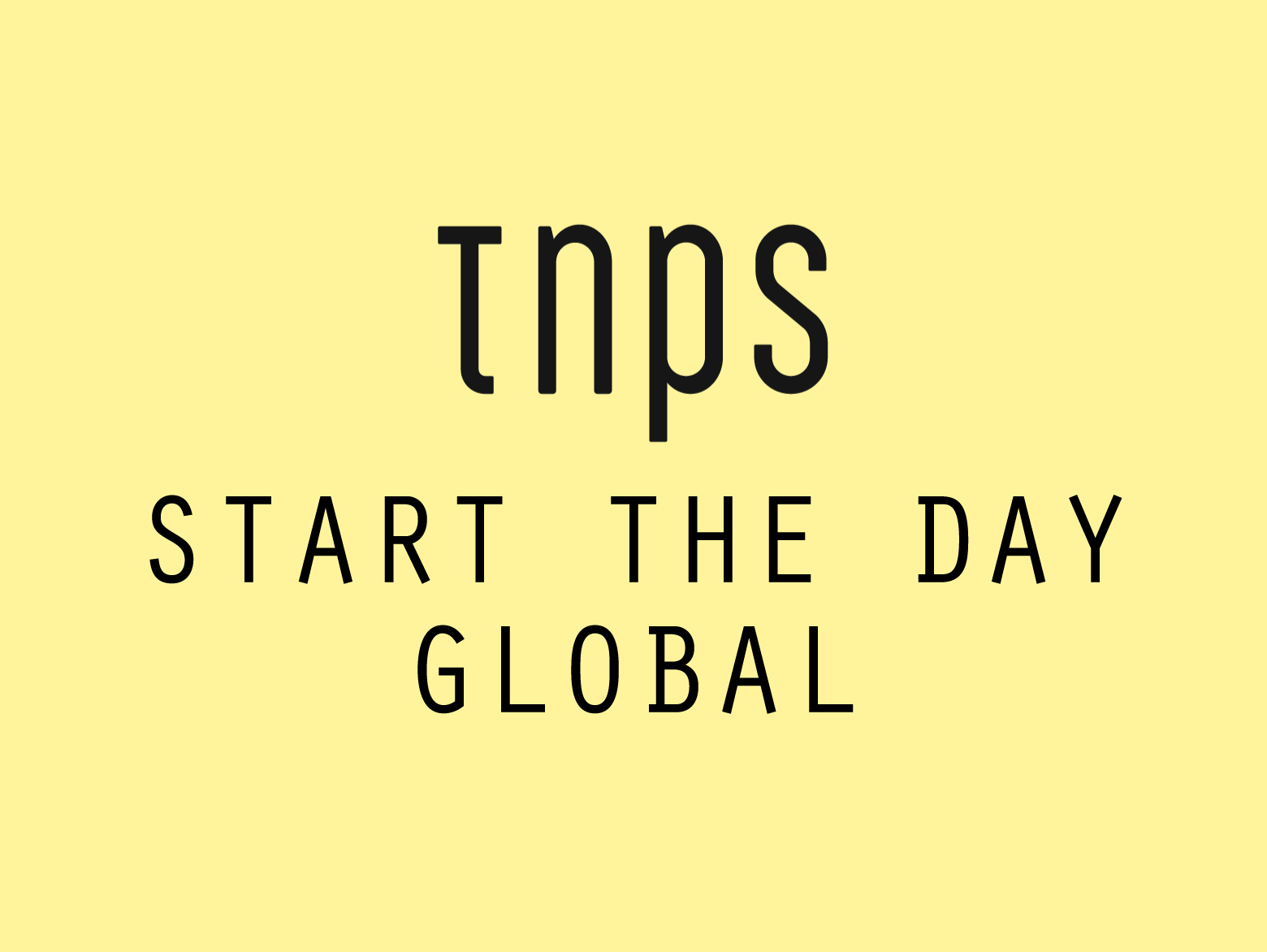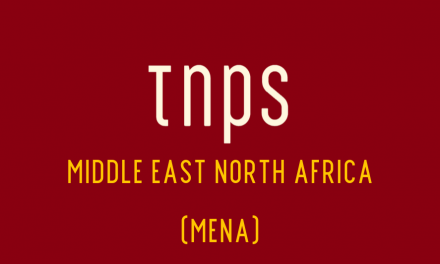In what must be the definitive acknowledgement that self-publishing is mainstream in the UK, Britain’s Booksellers Association has teamed up with the Society of Authors to produce a guide for indie authors showing them how to get books into bricks & mortar bookstore.
Placement in bookstores is, for most indie authors, a challenge too far, but it can be done, and Sheila O’Reilly of Village Books, a London independent bookseller, offers some advice, tips and common sense cautions as to the best way of going about it.
While the advice is aimed at British and Irish authors looking to get into bricks & store, most of what is said here will apply to the US and other markets too.
It will also apply to chain bookstores like Waterstones, which allow regional stores considerable operational autonomy, although if looking for national distribution the author will need to pack some serious literary weight to get a foot in the door.
But for smaller and independent bookstores there’s much to be learned here.
A few examples below. The full guide can be downloaded as a free PDF here.
Making initial contact with the chosen bookstore:
- Ideally booksellers would like to be emailed. It gives us time to think about your proposal; it gives us time to chat to our colleagues, and it gives the opportunity to deal with the request within our normal day.
- If you do decide to show us the book in person, please don’t visit unannounced. It’s beneficial instead to email ahead so we can arrange a quick appointment for you with the appropriate buyer at a time that works with the shop diary. What Booksellers need to know To help us make our decision, you should include the following information on your proposal:
- Include a professional invoice outlining your terms of business. A sample invoice is attached.
- How much you are selling it to bookshops for. The market research agency, Nielsen, reports that the average discount bookshops receive from publishers is just over 40% off the recommended retail price. In the UK, the publisher almost always pays for the carriage charge in getting the books to the bookshop. •
- Returns’ information. The most usual trade practice for independently published titles would be for the books to be supplied on “consignment terms” (which means that the bookshop will pay for the stock once it has sold and can return unsold stock when it chooses).
- Think about payment terms and the length of time the bookshop should have the stock for sale. If after this agreed length of time the book(s) has not sold it is your responsibility to collect unsold stock. If the book(s) is not collected after 3 months, the bookseller can dispose of the stock as they deem fit.
There’s also advice on aesthetics.
- Look at the production quality; a well presented finished-product speaks volumes. Look at books in similar genres to your own on bookshop shelves and note the current design styles/finishes/fonts being used.
- Give important consideration to the jacket design. Review the competition, check out the awardwinning designs from the latest British Book Design Awards www.britishbookawards.org.
And advice on timing:
- Pick your time of year carefully. The majority of new writers are launched in the beginning of the year. If you release too close to Christmas your book will get lost on the shelves. If you come in February or March, we often have the space to display your book where it has a better chance of selling.
Don’t try to sell CreateSpace PODs and don’t send Amazon links to the bookstore.
- Booksellers would not welcome being sent an Amazon link in your proposal. Whilst, of course, Amazon is likely to be another outlet for your book, most high street bookshops choose to have no commercial dealings with Amazon because of the perceived negative impact they have had on Britain’s high streets and physical bookshops.
Hold on, no CreateSpace? But that’s the only print option most indies use.
And therein lies the problem as to why so many indie authors, who might otherwise be in with a chance of getting stocked in print stores and libraries, are rejected.
Stores and libraries have dedicated supply chains and dedicated policies on returns that CreateSpace does not comply with.
The guide suggests (this for the UK, remember):
- Supply: make sure your book can be distributed via the national trade trade wholesalers Gardners (www.gardners.com) or Bertrams (www.bertrams.com), at a standard trade discount, with returns. If in the Republic of Ireland use either Easons (www.easons.com) or Argosy (www.argosybooks.ie).
- Ask your printer how they can help to distribute your book via the wholesalers mentioned above. Many will take care of this on your behalf. For instance, a traditional book printer like Clays will warehouse copies of your books then distribute them when wholesale orders come in; while Ingram Sparks / Lightning Source will print each copy to order and distribute them to retailers via the main wholesale routes
- Whilst bookshops might from time to time agree to being supplied directly by an author, each time a separate supplier is set up for an individual book adds greatly to the bookshop’s paperwork and accounting burden and, more importantly, means that it takes longer to reorder the book once it sells. Most bookshops order every day from Gardners, Bertrams, Easons or Agrosy at the click of a button, and so ensuring those wholesalers have stock of your book is the best way to make it easily accessible to every bookshop in the country.
The guide also offers advice on how bookstores choose what they will stock.
- Our market: we understand what our customers like to read and what genres sell well. We tailor our stock around that (we also try and find the books they didn’t know they liked).
- Our tastes: if we read and love a book, you can be sure we’re going to be telling our customers about it.
- The subject: if a book is on a topic that we feel will be of interest to our customers, then that is a huge swaying factor for us.
While the wholesalers referenced – Gardners, Easons, etc – are British Isles based, the guide should be invaluable to indie authors wherever they are, who intend to take print seriously.





